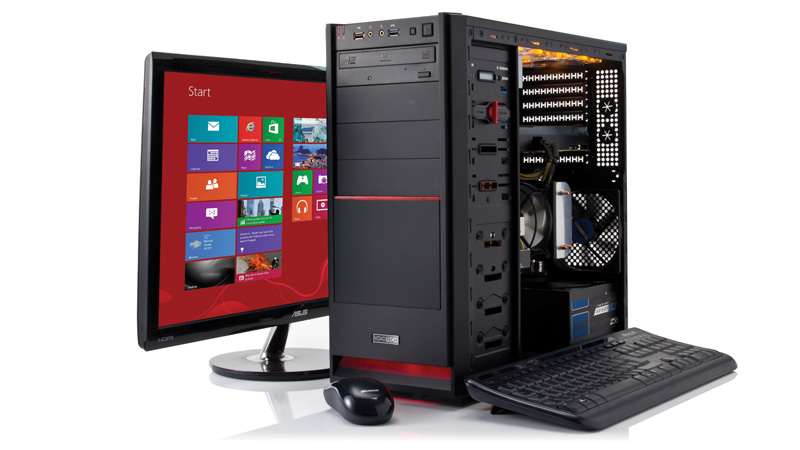Following user reports of system crashes and issues restarting their machines, Microsoft has pulled its August Update for Windows – and it says you should uninstall it now. Here’s how to uninstall the latest Windows update. The problems relate to four individual updates that address security and features in Windows: 2982791, 2970228, 2975719 and 2975331. The problems affect Windows Vista, Windows 7, Windows 8, Windows 8.1 and Windows Server 2003. Also see: Windows 9 release date, price and features. “Microsoft recommends that customers uninstall this update. As an added precaution, Microsoft has removed the download links to the 2982791 security update,” said the company. Three known issues related to the update include fonts not rendering correctly, fonts being installed in the incorrect location, and computers crashing with the ‘0x50 Stop’ error message.
How to uninstall the latest Windows update: How to fix the 0x50 Stop error message and problems with fonts
If you’ve already downloaded the August Windows update you will need to take the following steps to uninstall it. Be warned that the process involves deleting files from the Registry, so it’s a good idea to make a backup before you start. See How to back up and restore your PC’s Registry. Step 1. Boot your PC into Safe mode. In Windows 7 you should ensure that any discs and USB drives have been removed and that you log in as a user with administrator rights. Restart your machine, then press and hold the F8 key before the Windows logo appears. Use the arrow keys to select Safe mode, then hit Enter. In Windows 8 and Windows 8.1 the process of entering Safe mode depends on whether you have a Windows installation disc to hand. If you do, insert this disc, restart the machine and look for a message that says ‘Press any key to boot from DVD’. (If you don’t see this you’ll need to change the restart order in the Bios.) Boot from disc, then click ‘Repair your computer’. If you don’t have a Windows disc, restart the computer and press the power button before the Windows logo appears to trigger another restart. Do this three times. This will start the Windows Recovery Environment. Choose Troubleshoot. Now choose Startup Settings (if you don’t see this look in Advanced Settings) and choose Restart, then select Safe mode. When Windows restarts be sure to log in as an administrator. Step 2. Next you need to open a command prompt. Click the Start (Windows) button, type command prompt in the search box, then find and select Command Prompt in the results. Now type del %windir%system32fntcache.dat and press Enter. Restart the computer. Step 3. Click the Start (Windows) button, choose Run, then type regedit and click OK. This will open the Registry Editor. Step 4. Find the following key in the Registry: HKEY_LOCAL_MACHINESoftwareMicrosoftWindows NTCurrentVersionFonts. Right-click the Fonts Registry key and choose Export. Give the file a name and store it somewhere safe – you’ll need it later. Step 5. Still in Fonts, find and delete any files that contain a full file path (such as C:WindowsProgramFilesMyOTFont.otf) and also end in .otf. Step 6. Repeat Step 2 to once again delete the fntcache.dat file. This will have been recreated. Step 7. Open Control Panel, Programs and Features and choose ‘View installed updates’. Look for and uninstall the following: KB2982791; KB2970228; KB2975719 and KB2975331. Now restart the machine. Step 8. Find the Registry file you stored in a safe place in Step 4. Right-click this file and click Merge. The offending updates will now have been removed from your PC and everything should be back to normal. Marie is Editor in Chief of Tech Advisor and Macworld. A Journalism graduate from the London College of Printing, she’s worked in tech media for more than 17 years, managing our English language, French and Spanish consumer editorial teams and leading on content strategy through Foundry’s transition from print, to digital, to online - and beyond.
